Navigating Complexity
Nationwide Financial Website Redesign
August—November 2018 | 17 weeks | Multiple Define & Design Projects
CLIENT Nationwide Financial Digital Planning Department
TEAM UX Lead | Lead Researcher (myself) | Researcher | Content Writer | Visual Designer | Creative Technologist
MY ROLE Research planning and execution | Insights communication | Stakeholders collaboration | Information architecture
Overview
Nationwide offers financial products such as life insurance and annuities to consumers through financial advisors. In August 2018, the UX team was asked to improve advisors' website experience, with focus on five business-driven projects. The project team closely collaborated with our internal clients to ensure alignment and advocate for the users. I led the research aspect of the projects, using various methods to understand how advisors work with their clients and how the website could provide support throughout that process.
Note: I can't present specific findings, recommendations, or design due to NDA. I shared my process as much as I can. Feel free to reach out via email or LinkedIn if you would like to know more.
CONTENTS The ask | General approach | Process & research methods | Results | Reflections
THE ASK
Five projects, four months
Our client is company's Digital Planning department. Each year, they build business cases for improving NationwideFinancial.com and secure IT resources to do so. In August 2018, they asked UX to develop solutions for five projects in four months:
- Navigation Enhancement - Improve mega-menus and an in-page navigation component
- Investment Experience - Increase visibility into the investment offerings
- Product Page Enhancement - Improve the content organization and in-page navigation
- Solution Presentation - Create a tool for advisor to customize sales materials for clients
- Nationwide Content Library - Create a content library for thought leadership materials
GENERAL APPROACH
Strategize, collaborate & sprint
See the bigger picture
While the five projects were supported by their own business goals, they overlap significantly in terms of what user needs they might address. It would be unwise for us to put on a blinder and approach these projects completely separate from each other.
I proposed and advocated for foundational research to understand:
- How these projects might benefit our users
- Where they fit in advisors' experience journey with Nationwide
This enabled us to:
- Combine projects when appropriate
- Apply research insights gained through one project to another
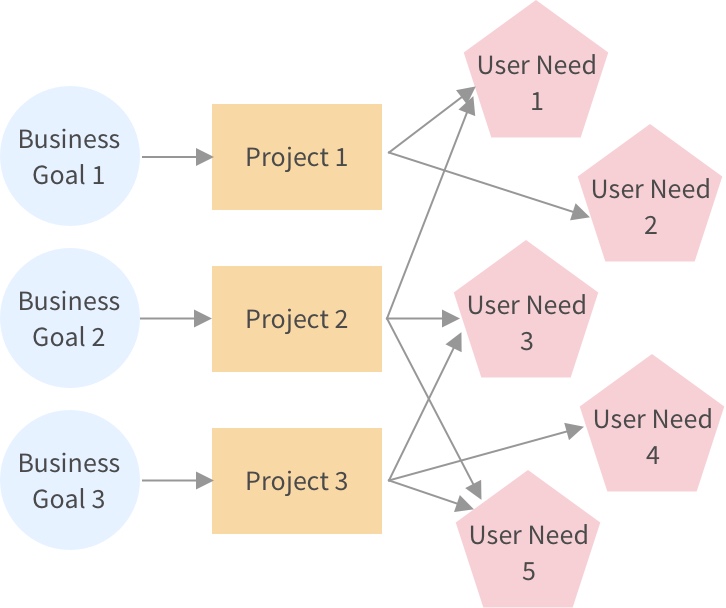
Collaborate with the clients
We intentionally included our internal clients in our "messy" design process. We met regularly to explore the problems space, ideate, and iterate on concepts together. I encouraged clients to observe research sessions behind a mirror and participate in note-taking and end-of-day debrief.
The benefits of this collaborative approach are:
- Incorporate business insights into design early on
- Clients are more receptive to research findings
- Continously gain alignment and buy-in from clients
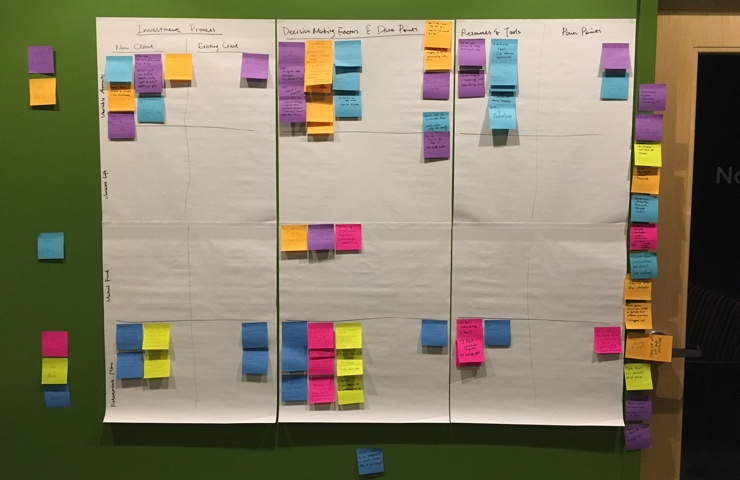
Experiment with the sprint schedule
The UX leadership team instructed us to experiment with the agile method and set an example for the UX team. A sprint schedule was set for us:
- Each sprint consists of 2 weeks of design, followed by 2 weeks of research
- Iterate and complete 4 sprints in total
While the compressed timeline presented certain challenges (e.g., kicking off a recruitment before planning the research, iterating with very limited sample size), it also encouraged us to make decisions faster and complete a huge amount of work in a short time.
PROCESS
Adapt and muddle through

This timeline illustrates what we did for each project. You might wonder why everything happened in this specific order with no apparent logic. Long story short, we did what made the most sense at the time. It involved some prioritization on our clients' side and some muddling through on our side.
Some of the research methods I used
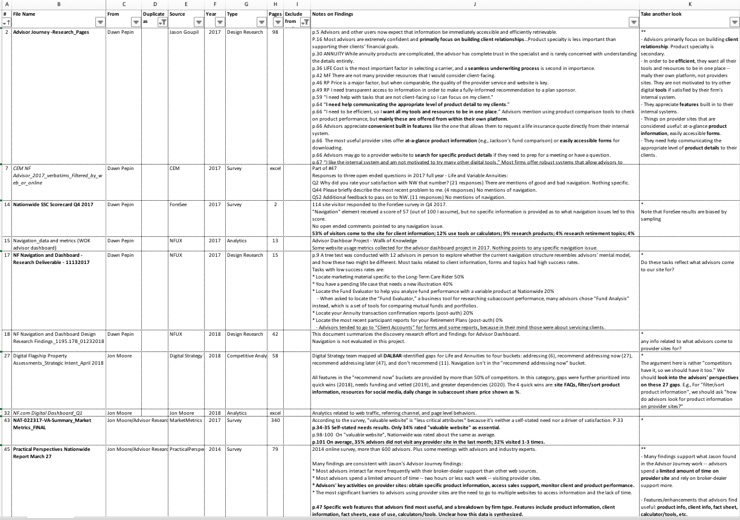
Past research review
I reviewed 77 UX and market research reports, pulled out insights relevant to each project, and built a wall of knowledge to share with team and clients. Building on past research saved time and effort.
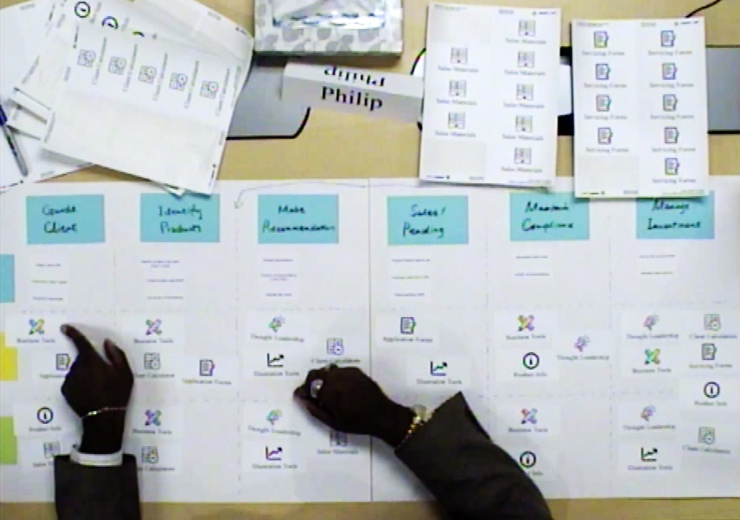
Experience mapping
Building on a user journey framework from a past project, I dived deeper into the the specific activities and resources associated with each stage. This foundational research helped us understand what user needs we might solve for and how our projects fit into users' journey.
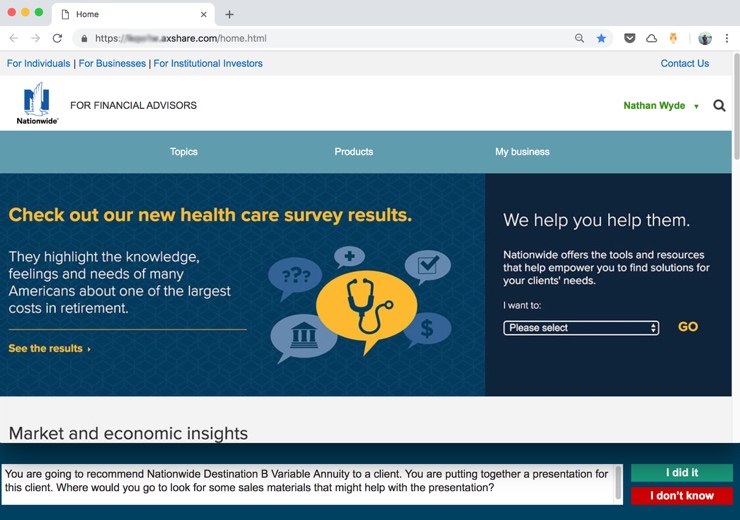
Navigation tasks
The first round of navigation testing was diagnostic--understanding what's broken, why, and how to fix it. The second and the third round were evaluative--testing if the new navigation structures hit the mark.
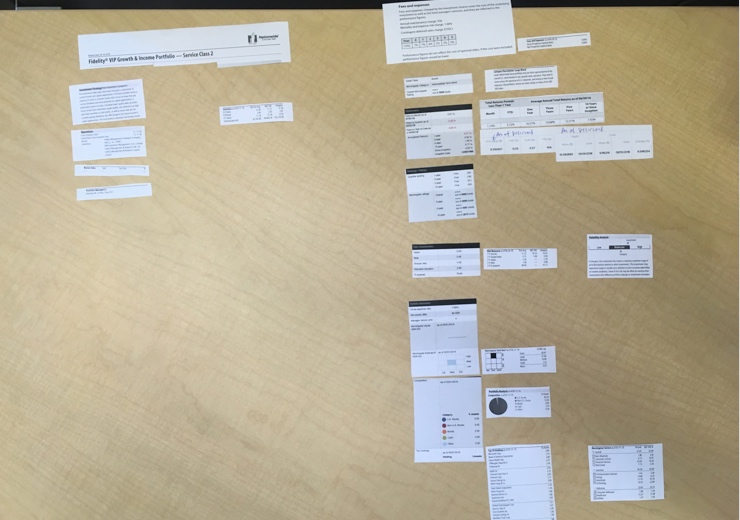
Data Prioritization
Nationwide has hundreds of pieces of data on every mutual fund. We needed to know which pieces should be displayed and how they should be organized. This usually calls for a card sorting exercise and a larger sample size, but I opted for a qualitative method to allow time for other activities.
Results
A research report was produced to:
- document insights and recommendation for the clients to socialize with the larger organization
- document detailed findings to support the build team in a waterfall environment
- document research opportunities for any researchers who might pick up this work in the future
The clients were able to build a business case for all projects in the new fiscal year and have handed over them to the build team. They required more work from the same project team, because they were happy with how we work quickly and collaboratively.
Reflections
Include clients in the "messy" process if you can
Why should clients or stakeholders be bothered with the messy process of design thinking whey count on us as the expert? I have a few answers:
- They are a wealth of knowledge about their business. We can use some of that when we set out to explore the problem space and generate ideas.
- When we come up with an idea together, no one person owns the idea. We will remember how we made decisions together and hear less of "my idea is better than yours".
- Clients are less likely to discount the research findings when they spend a couple hours sitting behind a one-way mirror, see what participants do, hear exactly what they say, and take notes on it.
- When things go well, we bond. It's great for relationship building.
Having said all the good things--it's a huge time commitment, so be sure to set expectation with whoever you want to include in your process.
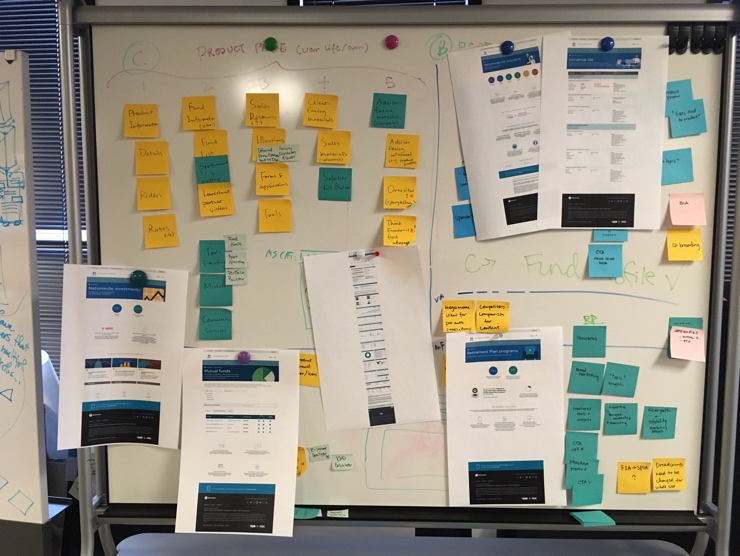
Account for recruitment when estimating timeline
Recruiting is easily overlooked due to how mundane it is, but hey, you can't do research without participants. It's good practice to include time for recruitment in project schedule, especially working with a hard-to-reach audience like financial advisors.
It's not disastrous if you didn't, you can always adjust and adapt. We had to make some adjustments or compromises:
- We pushed the whole schedule out by one week, to allow enough lead time for the first recruitment.
- I split the first recruitment between two vendors, because our usual vendor was at capacity.
- While doing research for Sprint 1, I had to put together a screener and kick off recruiting for Sprint 2 between sessions, which is manageable but not ideal.
- Sometimes we didn't know which segments of users we should bring in, and ended up recruiting a "general mix" to keep up with the schedule.
Always document everything, even when you're told not to
I know this sounds really basic. Thorough documentation is excellent for many things: backing up research findings when they are challenged; helping the team recall details on design rationale; quickly putting together a final report (or a portfolio piece).
I made the mistake of not documenting as much as I can in this project. We said we were not going to write a final report, because we were experimenting with the sprint schedule, doing things differently and quickly. Guess what, clients asked for a final report at the end of the project and I struggled with it. I still had discussion guides, notes, toplines, and some photos, but I wish I had findings to back up every design decision we made, even when it seemed obvious at the time; I wish I had the exact version of the prototype that I tested; I wish I took photo of every exercise we did with the participants.
More work
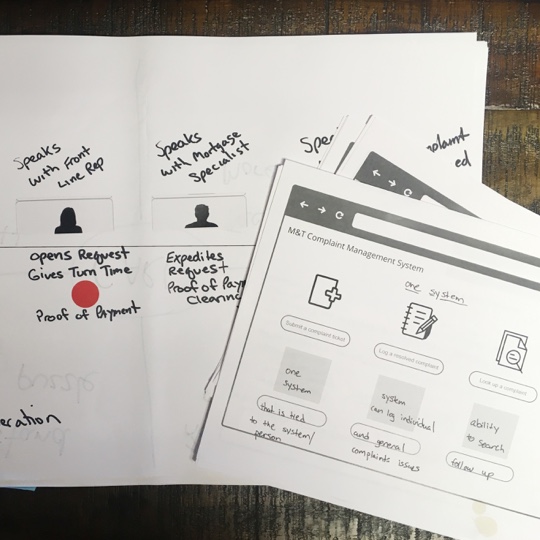
From complaints to happier customers and better productsdiscovery | experience strategy | 2019
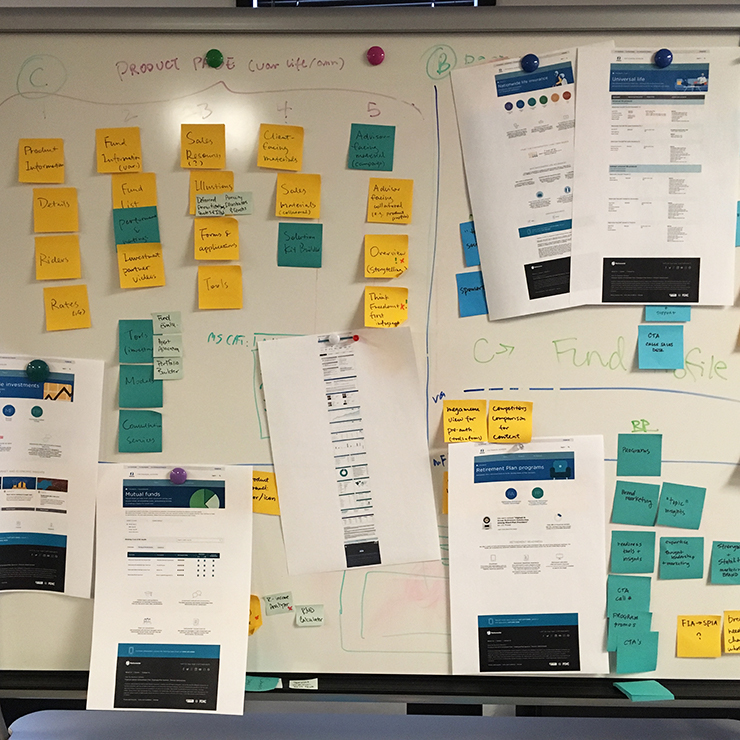
Navigate Complexity: Nationwide Financial Website Redesigngenerative | evaluative | concurrent projects | 2018
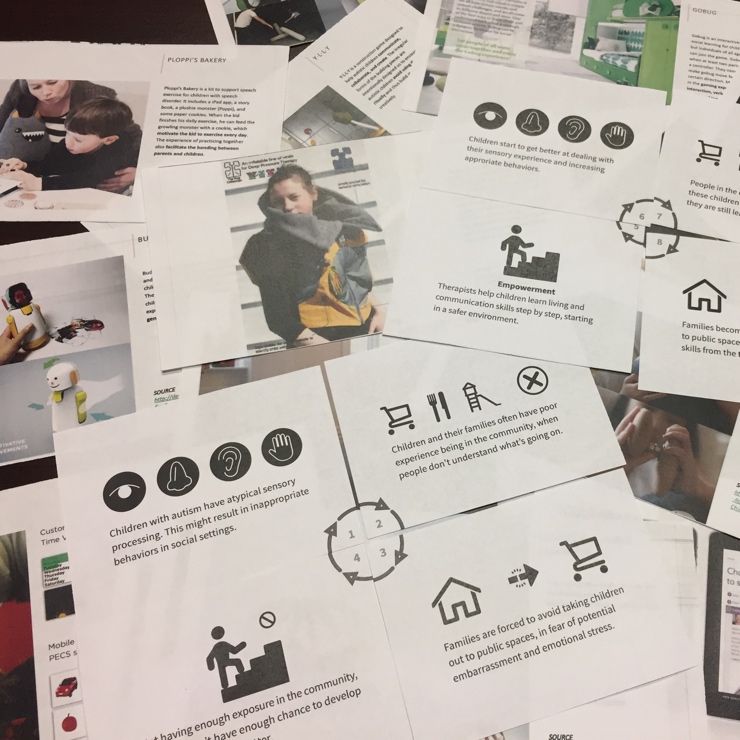
Design for Autism: Empowerment, Awareness, and Acceptancegenerative | co-design | research through design | 2017
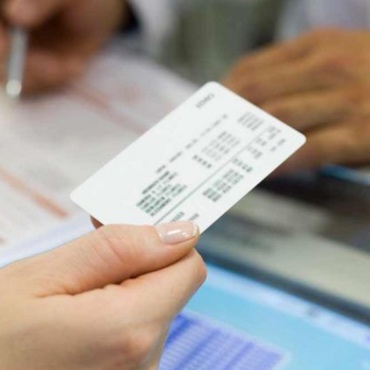
Health Insurance Simplifiedgenerative | experience design | 2016
© 2019 Yiying Yang